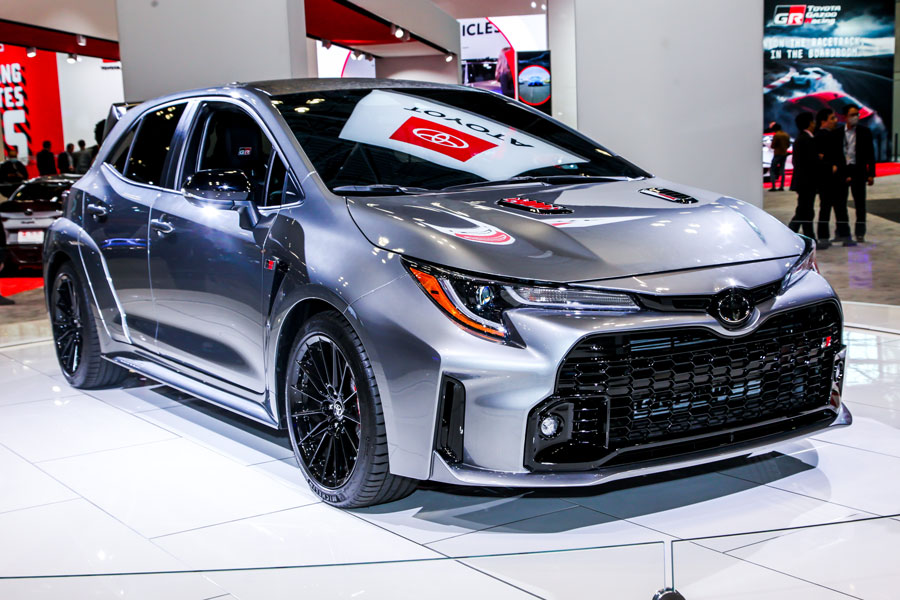Toyota Developing Engine That Cleans Air As It Runs

PLANO, TX – Toyota has unveiled a groundbreaking engine that not only powers the vehicle but also actively cleans the air as it runs. Although this innovative technology won’t be available in production cars anytime soon, initial tests on a GR Corolla race car have shown promising results. In fact, the air emitted from the back of the Corolla contains lower levels of carbon dioxide (CO2) compared to the surrounding air.
The engine’s “carbon capture” system consists of a pair of filters, positioned just before the intake manifold, that are made from a ceramic catalyst and coated with a CO2 absorbent developed by Kawasaki. As the air passes through these filters, they effectively trap the CO2 and direct it towards a recovery fluid.
One remarkable feature of Kawasaki’s absorbent is its ability to release CO2 when exposed to temperatures above 60°C. In this case, the engine oil’s heat causes the CO2 to separate. The released CO2 then passes through the recovery fluid, dissolving away as it bubbles.
What sets this system apart from traditional CO2 capturing facilities is that it leverages the existing air intake and engine heat, eliminating the need for additional energy-consuming fans or heating mechanisms. According to Naoaki Ito, the GR Vehicle Development Division Project General Manager, “The key point about the H2 Corolla’s system is that it uses the existing air intake and heat within the engine.”
However, there is a catch. You might recall that the GR Corolla race car is the same vehicle in which Toyota introduced a liquid hydrogen-powered three-cylinder engine, significantly reducing CO2 emissions compared to regular petrol engines.
Although the current prototype has its limitations, with a maximum capture capacity of only 20 grams over 20 laps of the Fuji Speedway (4.563 km per lap), and the filters requiring manual replacement at each pitstop, Toyota acknowledges that there is room for improvement. The company, in collaboration with Kawasaki, is actively working to enhance capture capacity and minimize human interaction.
This remarkable development by Toyota showcases their commitment to sustainability and environmental responsibility. While the technology is still in its early stages, it holds immense potential for a greener future. As Toyota and Kawasaki continue to refine and optimize this engine, we can anticipate a significant step forward in reducing greenhouse gas emissions and improving air quality.


